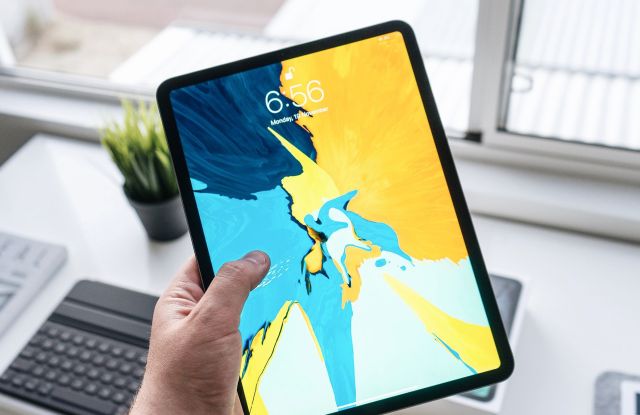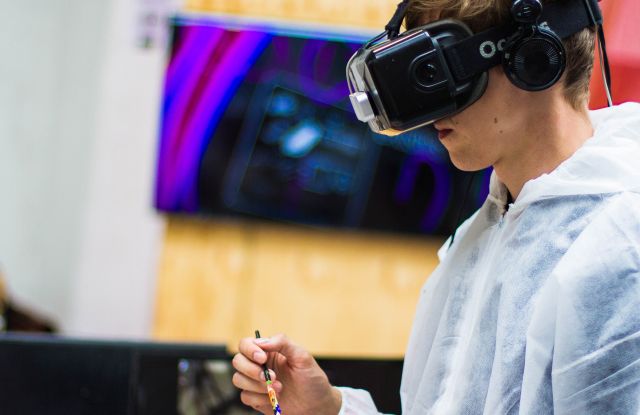
How the Gaming Culture Develops Over Time

From its humble beginnings in arcades to the multi-billion-dollar industry it is today, gaming culture has undergone a remarkable transformation. As technology continues to advance and the demographics of players become more diverse, gaming culture has evolved to reflect these changes. In this article, we’ll delve into the key factors that have influenced the development of gaming culture over time.
Technological Advancements
One of the most significant drivers of change in gaming culture has been the rapid pace of technological innovation. From the early days of arcade machines and home consoles like Atari and Nintendo, to the rise of personal computers, online gaming, and now virtual reality, each new technological breakthrough has expanded the possibilities for game developers and players alike.
These advancements have not only improved graphics and gameplay but also enabled the creation of entirely new genres and gaming experiences. The rise of mobile gaming, for example, has made gaming more accessible to a wider audience, while advances in online connectivity have fostered the growth of multiplayer games and esports.
Shifting Social Dynamics
As the gaming community has grown and diversified, so too has the culture surrounding it. Once seen as a niche hobby for a predominantly male audience, gaming has become increasingly mainstream and inclusive, with women now making up nearly half of all gamers.
This shift in demographics has led to a greater emphasis on diversity and representation within games, as well as a broader range of gaming experiences that cater to different tastes and interests. Additionally, the rise of social media and online communities has allowed gamers to connect with one another, share their experiences, and forge friendships across geographical boundaries.
Changing Player Preferences
The evolution of gaming culture has also been shaped by the changing preferences of players themselves. As gamers have become more discerning and sophisticated, they have demanded more from their gaming experiences – whether that be deeper narratives, more realistic graphics, or innovative gameplay mechanics.
Developers have responded to these demands by pushing the boundaries of what is possible in a video game, resulting in a rich and diverse landscape of gaming experiences. This has given rise to new genres such as battle royale games, walking simulators, and narrative-driven indie titles, which have further expanded the scope of gaming culture.
Conclusion: A Dynamic and Evolving Culture
The development of gaming culture over time can be attributed to a combination of technological advancements, shifting social dynamics, and changing player preferences. As the gaming industry continues to grow and evolve, we can expect gaming culture to adapt and transform accordingly, reflecting the diverse needs and desires of its ever-expanding community of players. With new technologies and platforms on the horizon, the future of gaming culture promises to be just as dynamic and exciting as its past.






























